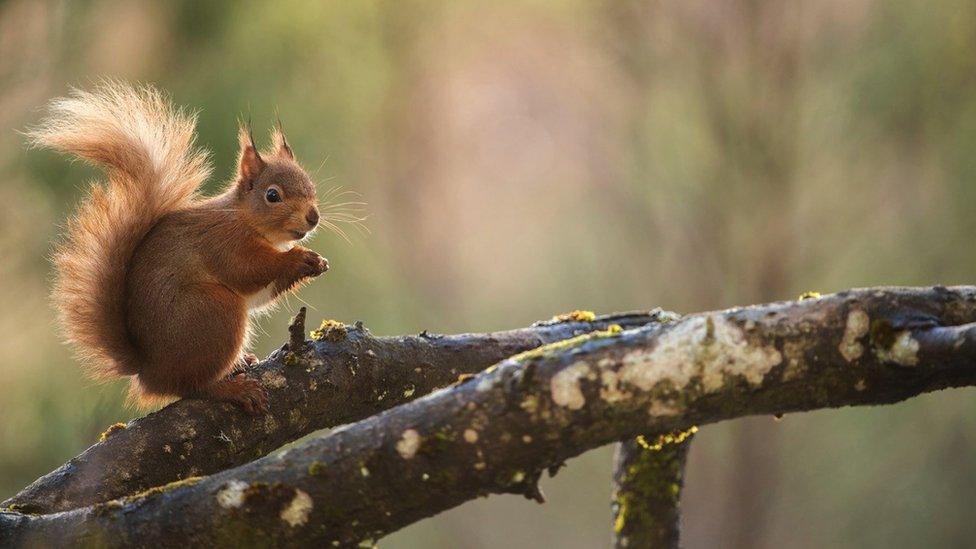State of Nature: What landmark report says about Wales
- Published
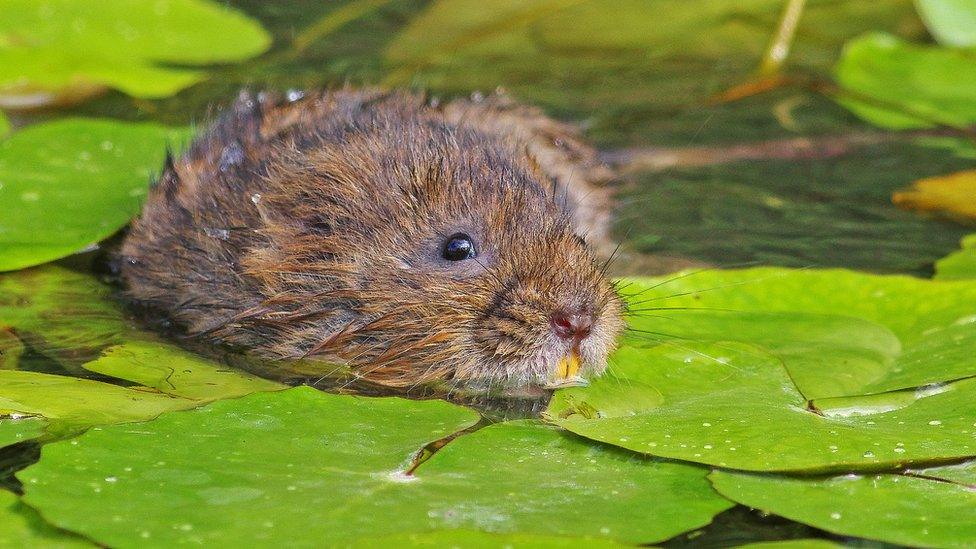
Water voles, among many other animals, are at risk of vanishing from Wales in the coming years
A new stocktake of Wales' wildlife has revealed what conservationists have described as nature loss on a "devastating scale".
Looking at data going back decades, they identified more than 100 species which have already disappeared.
Of almost 3,900 animals, plants and fungi studied, one in six are now at risk of extinction.
The Welsh government said it was determined to set ambitious policy on nature recovery.
Wildlife groups said there had been "some progress" in developing plans to tackle the nature crisis in Wales, but warned they were still "far from what is needed".
Ten years on from their first report sounding the alarm, they said the situation continued to decline and the UK as a whole was "one of the most nature-depleted countries on Earth".
What is the State of Nature report?
Since 2003, more than 60 organisations and experts have worked together on a major health check of UK nature every few years.
Their last report was in 2019 - when governmental environment agencies including Natural Resources Wales joined in.
Separate reports are published on the situation in each part of the country - including Wales. You can read about the overall UK picture here.
What animals are going extinct in Wales?
The report looked at all sorts of wildlife - from much-loved mammals and birds to lesser known plants and insects, and identified the extinction risk of 3,897 species.
Almost one in five were classed as being at risk of vanishing from Wales in years to come - including water voles, sand lizards and fen orchids.
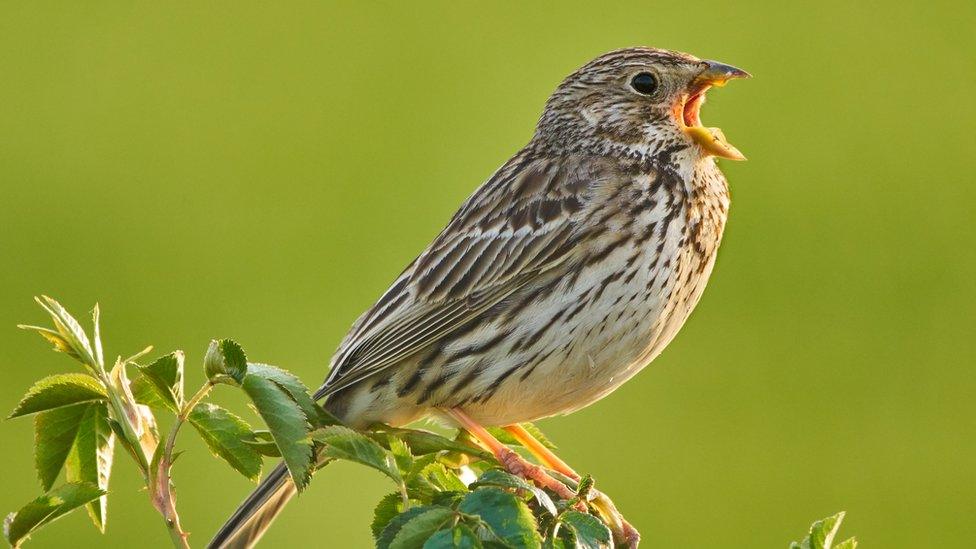
The corn bunting has already been declared extinct in Wales
There were 95 species of animals, plants and fungi that were found to have already disappeared.
Separately, 11 bird species have been declared extinct in Wales - including the corn bunting and corncrake.
The latest assessment showed that 27% of bird species were now red-listed, meaning they are in the most urgent need of help, compared with 12% in 2002.
What's to blame?
How farmland is managed is the "most significant factor" driving changes in wildlife populations, the report says.
But wildlife needs a wide range of habitats to thrive and the report points to a loss of this diversity at "landscape scale".
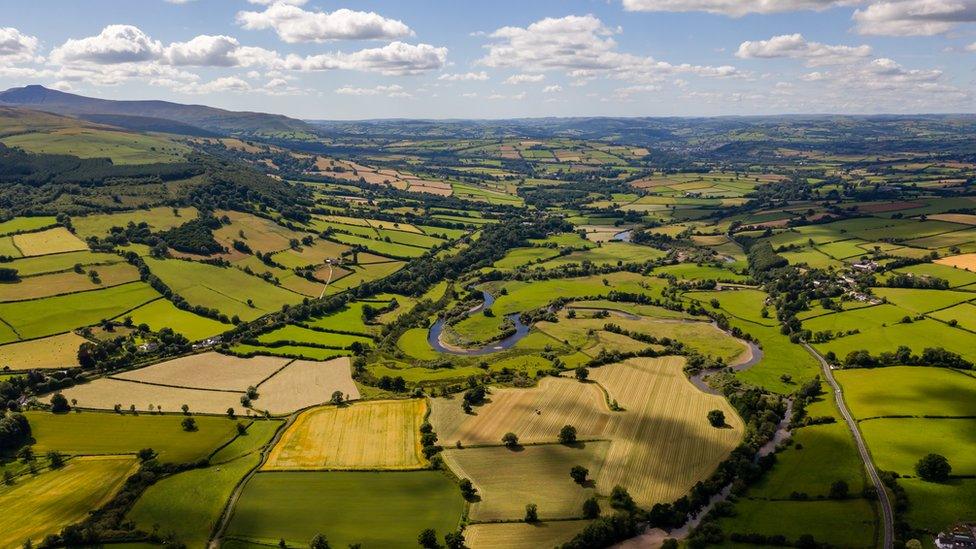
In Wales, 90% of land is used for agriculture, including a lot of grass fields for grazing livestock
Even where land is within an area that's officially protected for nature - such as a site of special scientific interest - the vast majority are not in a good condition or well managed.
Climate change was found to be the second most important factor.
They gave moths as an example - saying that the abundance of hundreds of species had declined substantially in Wales over the past 50 years.
Warming temperatures are altering the rhythm of our seasons, meaning moths are emerging out of sync with the plants they rely on for food.
Can we help stop animals going extinct?
Yes - the report highlights several examples of conservation efforts making a real difference.
Take bats - six species showed an average increase in abundance of 76% since 1998 in Wales thanks to better protection of the places they live, with some butterfly species showing signs of recovery too.

Some species of bats and butterflies have shown evidence of recovery
How have nature experts responded?
Lizzie Wilberforce of Plantlife Cymru described the report's findings as "staggering".
She said it "brings into sharp focus the need to act, and act fast, to arrest the loss and create more space for nature".
Alun Prichard, of RSPB Cymru, said the report showed how Wales was facing "a critical tipping point in the nature crisis".
What is the Welsh government doing?
A new Sustainable Farming Scheme is being brought in from 2025, which will reward farmers for maintaining and creating wildlife habitat, with grants too for farms to collaborate on landscape-scale work to boost biodiversity.
The Welsh government has also committed to putting new targets on nature recovery into law by the end of this Senedd term in 2026.
A spokeswoman said the government would "carefully consider the ideas for further action on nature contained within this important report."
She said thousands of people made important contributions to helping wildlife in their own communities including via government-funded projects such as Local Places for Nature, Nature Networks and the National Forest scheme.
"As a government, we are determined to set ambitious policy and to help more people play an even bigger role in addressing this global challenge, as we know we must do," she added.

PARANORMAL: Chilling ghost stories and words appearing on the walls...
UNMISSABLE DRAMA: When the Wolf is at the door, be very afraid

- Published25 January 2020
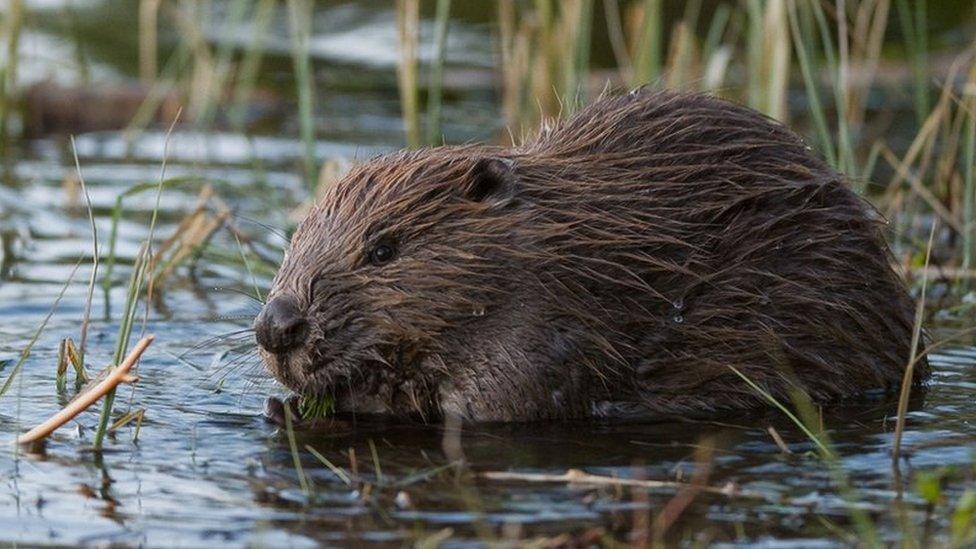
- Published7 December 2022
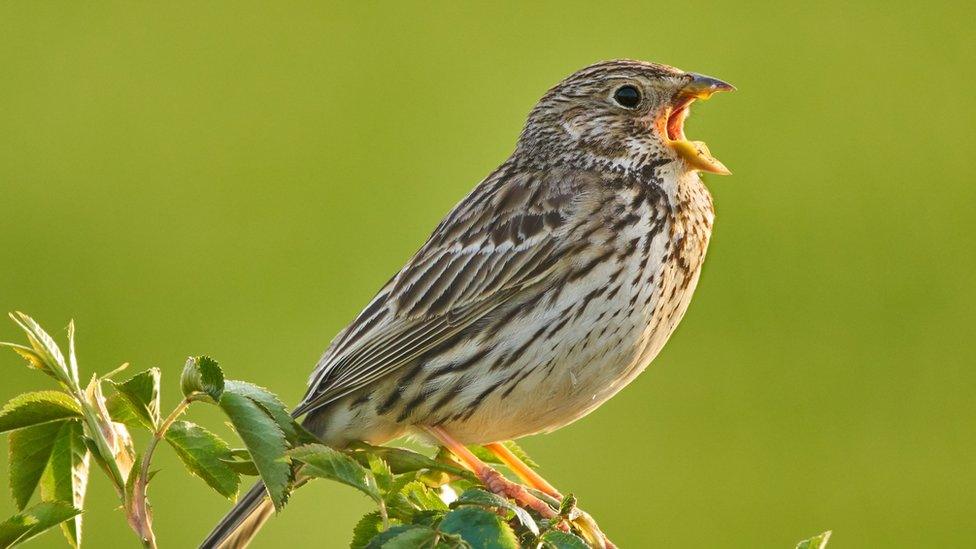
- Published2 June 2012
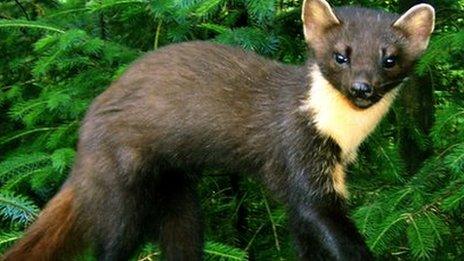
- Published27 September 2023
